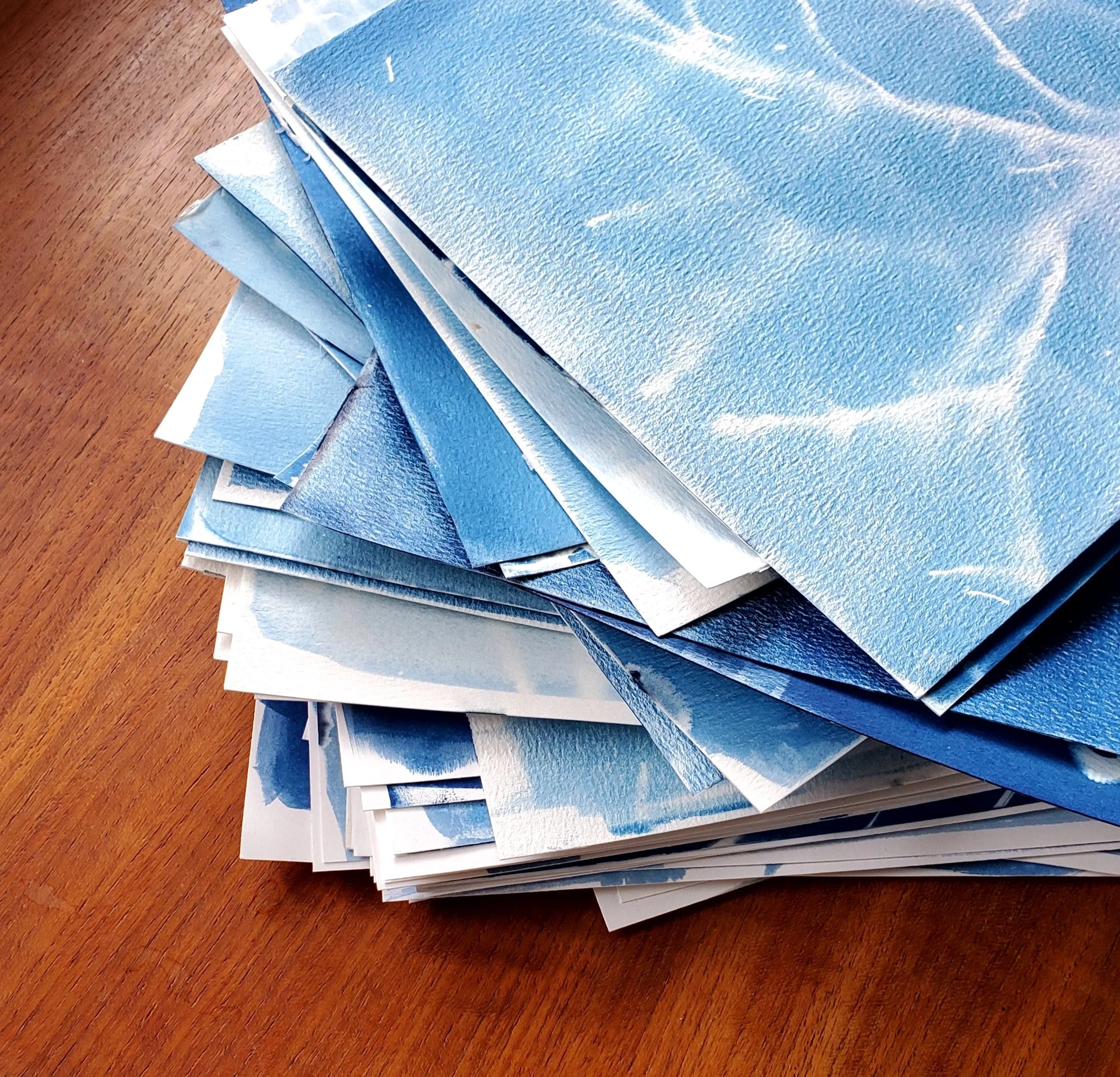Well this was a different month!
I have a Creative Bug membership. In fact, it is like a gym membership for me. I pay for it each month and almost never use it. Oops! But the daily practice I did in November made it all worthwhile. Every day I worked on a book structure, as led in a class by Faith Hale: 30 Structures in 30 Days - A Daily Practice in Bookmaking.
There was an investment in supplies to start - book board, an awl, an Xacto knife fancy paper, glue, waxed thread. I shopped at two local art stores and the big A to get it all. In all honestly, the paper cost the most and I have a lot left. I was nervous about the knife, having sliced off part of my thumb as a kid with a similar blade. This time I followed instructions and I am 47, not 7.
Faith did a great job of moving through a number of techniques for folding, cutting, and assembling the book structures. Some were super simple and only took a few minutes. Others were a multi day process. We stitched sometimes, others we just folded. Some books have hard covers some are just paper. I even got to add fabric from my stash to a few because there was no official book cloth to be found.
The simplest ones are my favourites. Or the ones with interesting folds. Or the ones with hard covers. I picked out some of my favourites and filmed them for more detail.
I can definitely see making some of these again as gifts or for special notes for special people. All of these are currently blank. Now that I know how to make them I would like to try again with the pages already filled or at least planned out prior to assembly.
All in all, this was a fantastic month! I absolutely enjoyed this creative challenge. It still had me playing with colour but was a new to me experience. Totally perfect for Morning Make.














